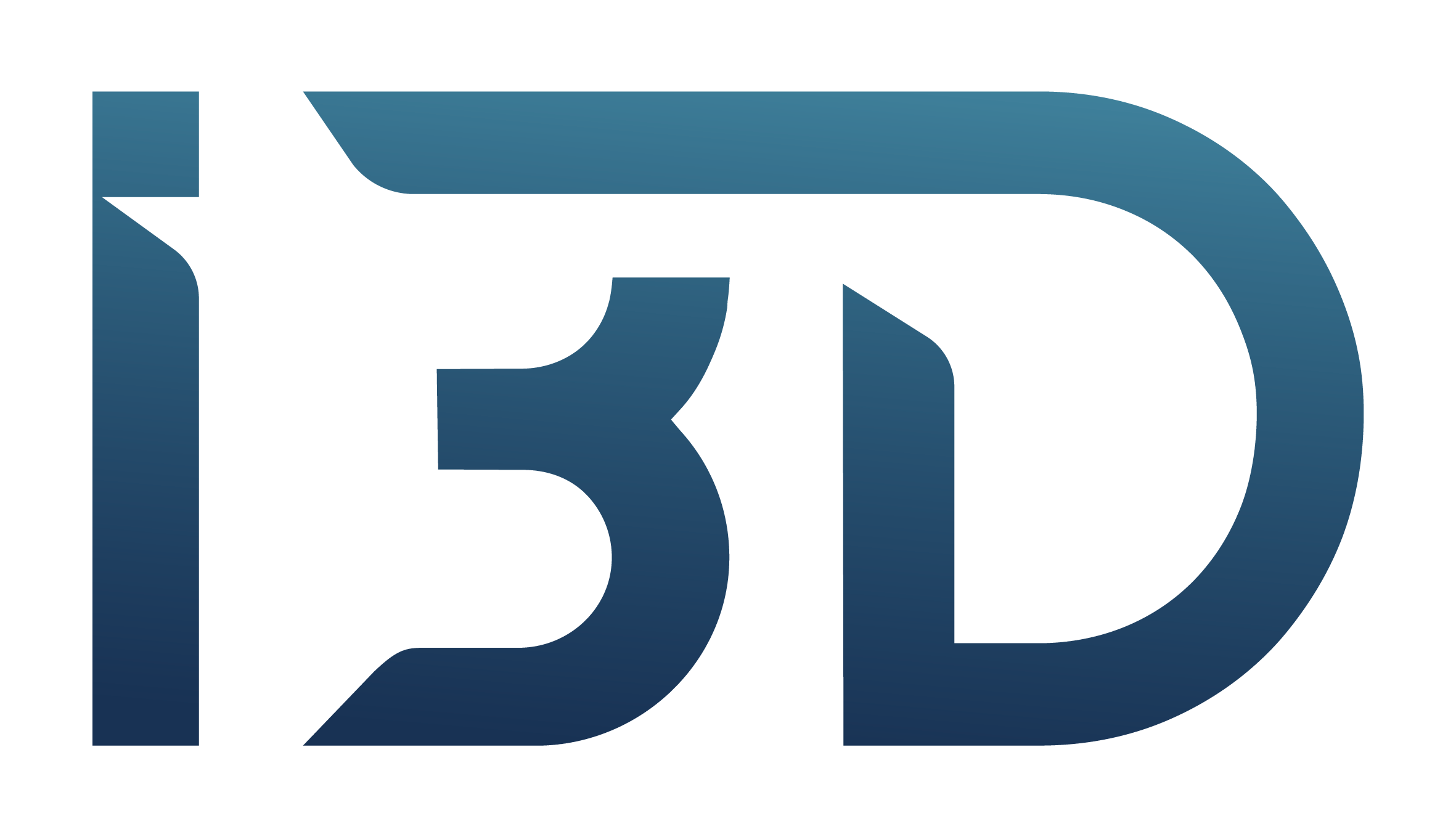Automation for every single offices
Apple’s machine is well-oiled
Apple is constantly analyzed globally, with ongoing debates about whether it is a good or an excellent company. we haven’t delved deeply into the matter, but their third fiscal quarter results made us reflect on our own clients’ income statements. Rounded off, with a revenue of €86 billion, they made a gross profit of €40 billion and netted over €20 billion. Apple is a finely tuned machine whose brand allows it to price its products much higher than the traditional 10% margin.

App Economy Insights
The selling price consists of more than just production costs
How does all this relate to perhaps smaller business operations? Generally, when we talk about pricing, we talk about setting prices based on production costs. We calculate the production costs precisely and add the desired margin. To the margin, we add the fixed costs of the business, which are often based on historical data. The customer then decides whether to buy from us or a competitor.
Focusing on production costs can be blinding
Few companies have considered which features add value to the customer and how much. Of course, business operations must be profitable, and costs must be known, but are we killing ourselves by too closely monitoring production costs? Does the precise calculation of production costs divert attention from something bigger? I still believe that production must be optimized, but do we have something else to optimize besides production—where is the big fish hiding?
Apple is also efficient in the office
Take another look at Apple’s results visualization and those red streams. Once a board member said that the bleeding must be stopped, meaning the red stream in the picture must be reduced. Apple’s operating expenses were €14 billion, of which R&D took €8 billion. Operating expenses are thus around €6 billion, or 7% of revenue. This covers all general expenses. Apple runs its machine with costs that take less than 10% of revenue. If it were 20% or 40%, the green stream would be very thin. Of course, in a large company, costs are spread over a larger revenue, but still, operating expenses are small, meaning the operation is efficient.
Automation in smaller offices too
How then can operating expenses be reduced? The trick is simple. As revenue grows, fixed costs must not rise. The business must be scalable, meaning that as revenue grows, no additional staff should be hired in proportion to the growth. This way, there is no need to rent more office space or buy more laptops, company cars, or lunch vouchers.
As order volumes increase, paperwork should not increase
Automation helps increase streamlining in production, and it helps in the office too. The fewer people involved in the quotation process, converting the quote into an order, and taking the order to production, the more scalable your business is. In a fully automated chain, the customer places the order themselves in the online store on Monday, pays for it at the time of ordering, and the order automatically moves to the production queue for Tuesday morning. The cash flow situation is also optimal. The money is with the manufacturer before any customer-specific costs have been incurred.
Develop where it has the greatest impact
Production should be developed, but should we calculate this fall whether it is possible to streamline business operations in terms of fixed costs? If your own resources are not enough, we are happy to join the Excel exercise. Let’s take the latest income statement and create a river of red and green streams based on it. Then we can consider where to go fishing.




